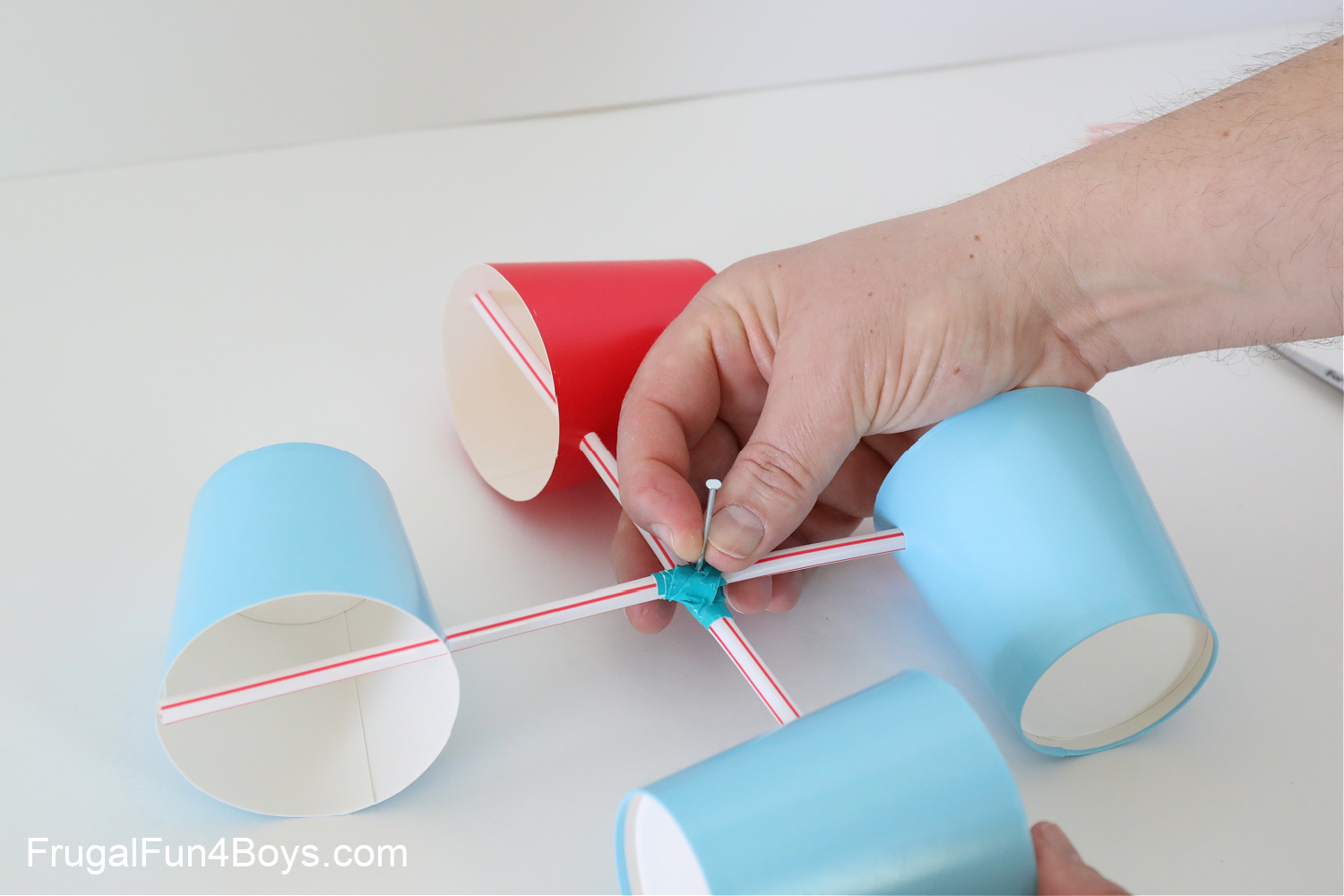Expert Tips for Adjusting Your Anemometer for Ideal Efficiency
Expert Tips for Adjusting Your Anemometer for Ideal Efficiency
Blog Article
Checking Out the Functions and Benefits of Anemometers for Climate Enthusiasts and Specialists
From mug anemometers to sonic anemometers, each type brings its unique collection of applications and benefits, shedding light on numerous facets of atmospheric conditions. As we dive right into the functions and benefits of anemometers, a deeper understanding arises not just of dominating climate phenomena but also of the more comprehensive effects for sectors like wind power manufacturing and ecological research study.
Significance of Anemometers in Weather Condition Surveillance
Anemometers play a critical role in weather surveillance by providing precise measurements of wind speed, assisting in projecting and understanding climate patterns. These instruments, varying from conventional mug anemometers to modern ultrasonic anemometers, are vital for meteorologists, researchers, and weather condition enthusiasts alike.

Sorts Of Anemometers and Their Applications
The most typical types of anemometers include cup anemometers, vane anemometers, hot-wire anemometers, and ultrasonic anemometers. Cup anemometers are composed of 3 or four cups installed on horizontal arms that rotate with the wind, gauging its rate. Vane anemometers, on the various other hand, use an openly rotating vane to straighten with the wind instructions, giving both wind rate and direction measurements.
Mug anemometers are ideal and durable for general weather condition tracking, while vane anemometers are favored for directional measurements. Ultrasonic anemometers are non-intrusive and offer high precision, usually utilized in research study and specialized weather monitoring applications.
Advantages of Utilizing Anemometers in Projecting
In meteorology, the use of anemometers supplies very useful benefits for enhancing the precision of climate projecting. Anemometers determine wind speed and instructions, providing essential data for forecasting weather condition patterns. By integrating wind data into forecasting versions, meteorologists can better comprehend the movement of climate systems, prepare for adjustments in weather, and concern much more exact projections.
Moreover, anemometers play an important function in analyzing prospective climate hazards. Monitoring wind speeds aids forecasters predict serious weather condition events such as hurricanes, twisters, and wintertime storms with better precision. This early caution system allows authorities to provide prompt alerts and execute necessary safety and security procedures, reducing the threats to life and residential property.
In addition, anemometers help in enhancing renewable resource production. By analyzing wind patterns, meteorologists can determine suitable locations for wind farms and forecast energy outcome, adding to the efficient generation of wind read this power.

Anemometers in Wind Energy Manufacturing
Provided the essential duty anemometers play in offering precise wind data for climate projecting and hazard assessment, their value encompasses the world of wind power production. Anemometers are essential instruments in the area of wind power, where the dimension of wind speed and direction is critical for establishing the expediency and efficiency of wind generator setups. By properly gauging wind speeds try this out at differing heights, anemometers aid optimize the positioning and style of wind generators to maximize energy output.
In wind farms, anemometers are purposefully put to collect real-time wind data that is used to evaluate the potential power manufacturing of a website. This information contributes in figuring out the financial stability of wind energy projects and in forecasting power generation to ensure grid security. Additionally, anemometers aid in monitoring wind problems to maximize generator efficiency, protect against damage from high winds, and guarantee the safety of employees operating in the area of wind turbines.
Enhancing Climate Recognizing With Anemometers

Anemometers play a key function in enhancing our understanding of microclimates. These local climate condition can differ considerably from wider local forecasts, making it crucial to have precise data for certain areas. anemometer. By purposefully putting anemometers in numerous places, researchers can collect comprehensive information on how wind behaves in different surfaces, metropolitan atmospheres, or bodies of water
Additionally, anemometers add to boosting weather condition projecting designs by supplying Continued real-time information on wind habits. This info is specifically valuable for predicting extreme weather condition occasions, enhancing farming practices, and supporting industries like aeronautics and maritime navigation. On the whole, anemometers are invaluable tools that allow us to dig deeper into the intricacies of weather systems, ultimately bring about more exact forecasts and better-informed decisions.
Verdict
In conclusion, anemometers play an important duty in climate surveillance and forecasting by measuring wind speed and instructions. Anemometers likewise have applications in wind power manufacturing, more highlighting their relevance in both weather forecasting and renewable energy sectors.
From cup anemometers to sonic anemometers, each type brings its special collection of advantages and applications, dropping light on various aspects of atmospheric problems. These tools, ranging from typical cup anemometers to modern ultrasonic anemometers, are vital for meteorologists, researchers, and climate enthusiasts alike. The most usual types of anemometers consist of cup anemometers, vane anemometers, hot-wire anemometers, and ultrasonic anemometers. Cup anemometers are appropriate and robust for basic weather surveillance, while vane anemometers are favored for directional measurements. Anemometers are important instruments in the field of wind power, where the measurement of wind speed and direction is crucial for establishing the usefulness and efficiency of wind generator installations.
Report this page